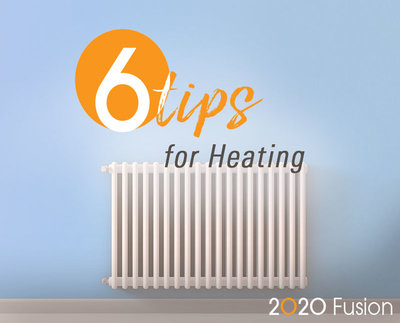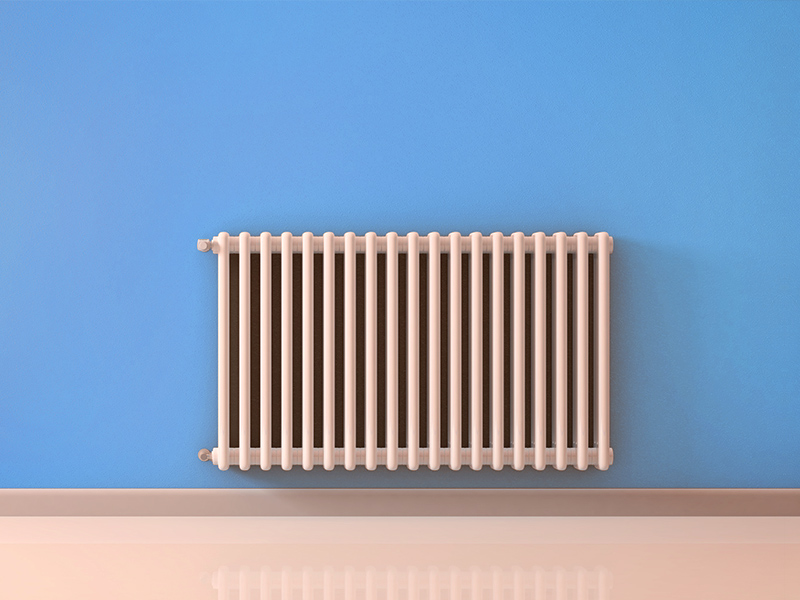
One of the major considerations when putting together a kitchen design or bathroom design is how the room is going to be heated. Do your clients want discrete, unobtrusive heating that keeps the room at the perfect temperature whatever the weather or do they want something that makes a design statement? Or maybe they want something that performs a dual function – heating the room and drying the towels at the same time?
Here are six tips on selecting the right heating options for your designs
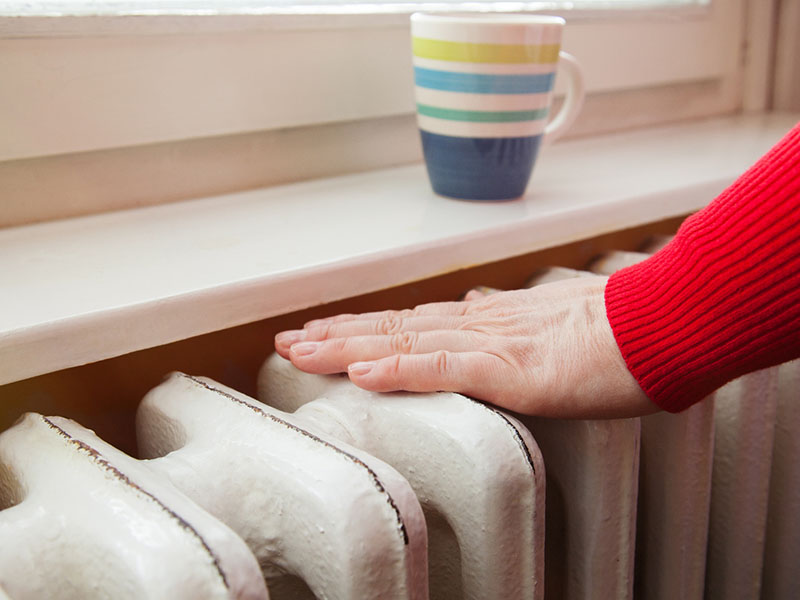
1. Heat loss
Before recommending any type of heating for a kitchen or bathroom it’s important to check the heat loss of the space. Heat loss is a measure of the total transfer of heat through the fabric of the room from inside to the outside, either from conduction, convection, radiation, or any combination of these. This heat loss figure is normally given in either kilowatts (kW) or British Thermal Units (BTUs) and represents the energy required to keep a room at a given temperature on the coldest days. There are lots of online tools that you can use to calculate the heat loss of a room. Just google heat loss calculator and you’ll find plenty to choose from.
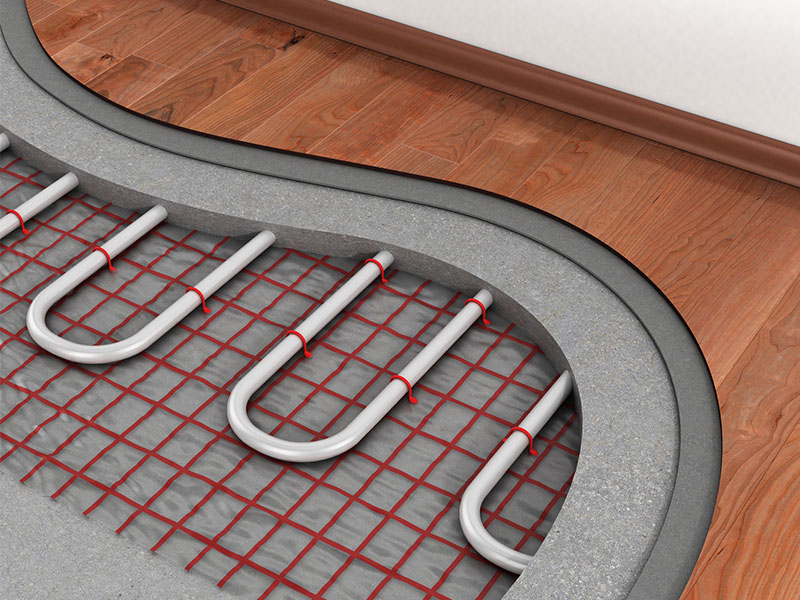
2. Underfloor heating
One of the best ways to add warmth and comfort to a kitchen or bathroom is underfloor heating (UFH). Plus if space is at a premium and all the wall space is going to be taken up with units, appliances or sanitary ware then UFH can be a great solution.
Whatever you do, before recommending underfloor heating, you need to check the heat loss of your space and ensure that any flooring you use and the underfloor heating system you recommend can reach the required temperature. Simply put, in order for an underfloor heating system to provide enough heat to a room, the system output must be greater than the heat loss.
Solid floors are generally better thermal conductors. This makes finishes such as stone, slate, porcelain and ceramic tiles the best partners for underfloor heating, as they will provide a high output of heat thanks to their conductive properties.
But whether you are using tiles, wood or some types of laminate in your designs, it’s best to check with the manufacturer that the flooring is suitable for use with UFH as some types of flooring (anything thicker than 18mm) won’t transmit heat adequately, leaving the space cold and uncomfortable.
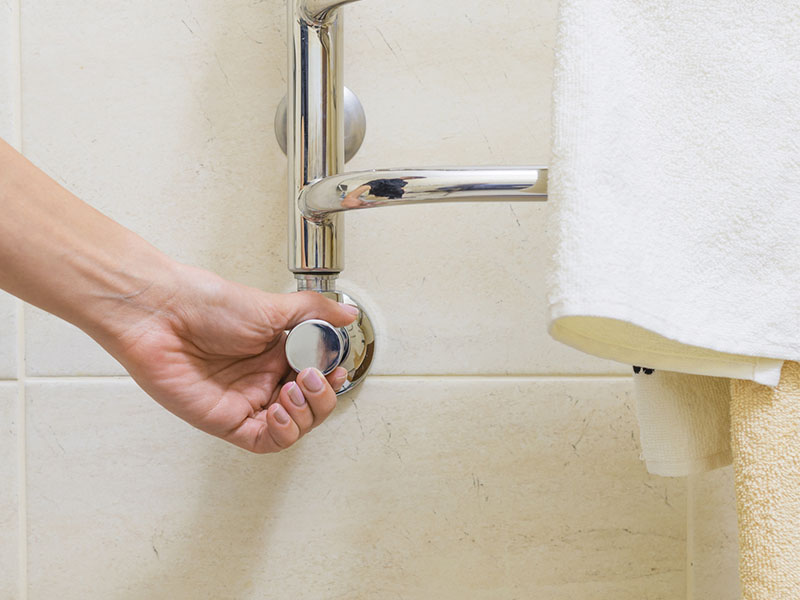
3. Radiators and towel rails
In bathrooms, and kitchens, if the space is big enough, you could include a radiator or heated towel rail to keep the room cosy and dry linens. Both radiators and heated towel rails can be connected to the boiler in a wet central heating system; heated towel rails can also be part of a sealed electric system. Talk with you client to work out fuel option would suit their lifestyle best.
Radiators or towel rails running off the wet central heating will only operate when the rest of the system is switched on. This means that when the system is switched off, damp towels won’t dry as quickly. The solution to this is an electric towel rail or radiator, which can be switched on and off when needed – and this can be all year round if necessary.
Alternatively, a dual fuel towel rail can give the best of both worlds. During the colder months they can run off the central heating system and on electric when the weather is warmer, eliminating the need to heat the entire property.
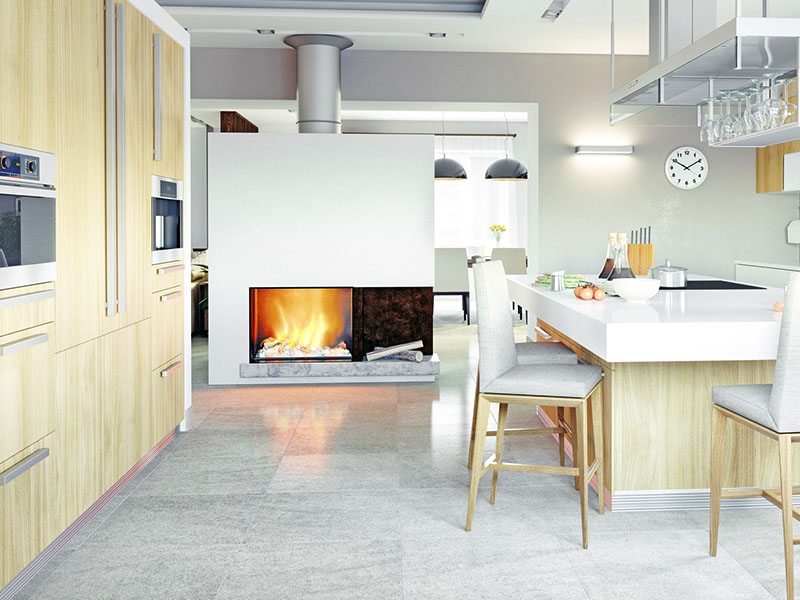
4. Focal point fireplaces
As well as providing a great source of heat in a kitchen, an open fire, living flame gas fire or wood burner can provide a great focal point. After all your client is likely to spend a lot of time in their kitchen and there is something very cosy and comforting about a fire. Make sure any appliance is fitted correctly by an accredited installer to ensure all building regulations and safety requirements are met. If the wood burner is being installed in a kitchen or open plan room with an extractor, this must be taken into account, as the extractor will draw air from the room. Carbon monoxide alarms should also be fitted.
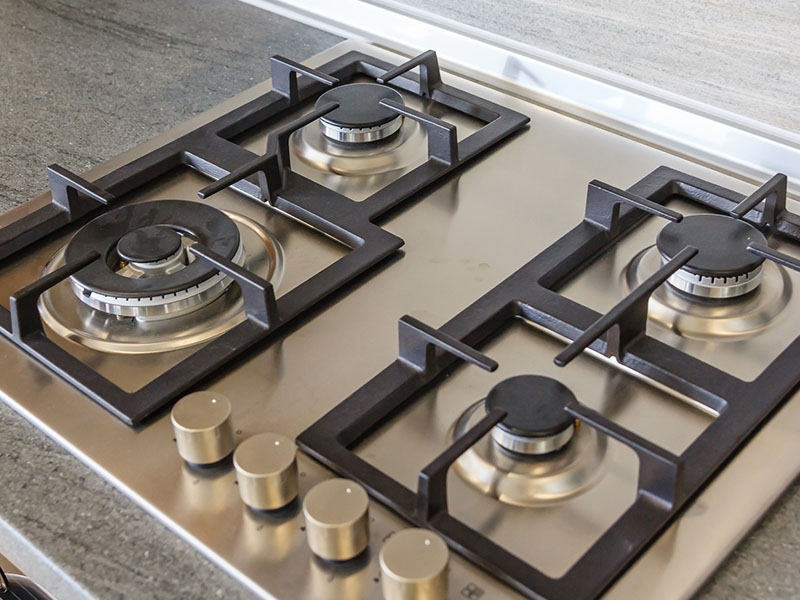
5. Range cookers
A range cooker is another great way to provide a heat source in a kitchen. They provide a constant source of warmth and can be also be used to heat radiators and hot water. However, as they always on and constantly kicking out heat they are generally more expensive to run than radiators or a fuel stove. Constant heat is great in the winter but can make the room feel uncomfortable in the summer so if your client wants to be able to switch the heat off you will need to include a secondary oven in your design or, if there is the budget for it a top of the range electric range cooker that can easily be switched on and off as required.
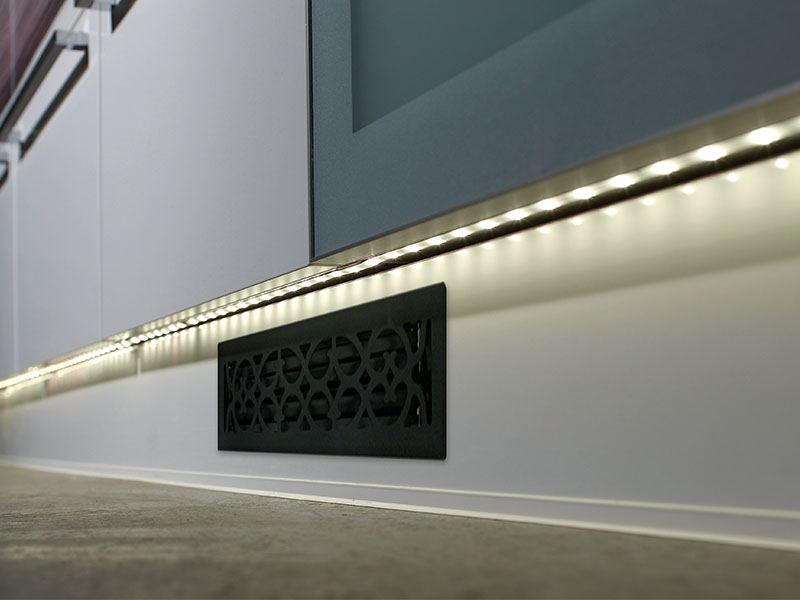
6. Plinth heaters
Plinth/kickspace heaters offer you increased flexibility and space in your kitchen or bathroom design as it frees up valuable wall space. Fitting discreetly into the plinth underneath the kitchen or bathroom cabinets, a plinth heater provides efficient and effective heat at low level, creating space for extra cupboards, more work surface and additional appliances or fixtures.
Share this Post

